A better mousetrap.
Multi-purpose tools are generally useless. The perfect example is the Swiss Army knife which some bozo, who has never turned a nut or bolt with intent, gave you for Christmas.
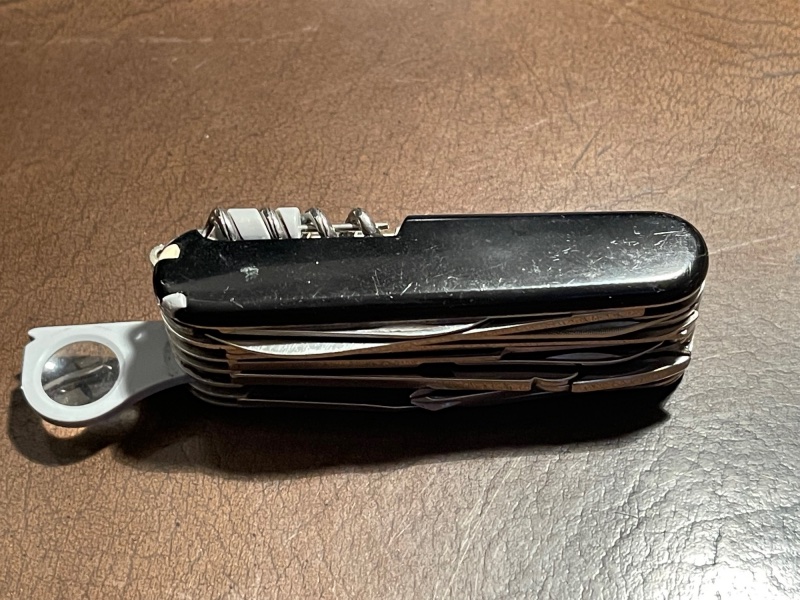
Jack of all trades, master of none.
Of the dozen tools on mine only one is of use, the magnifying glass, and even that cannot be deployed without breaking a nail. I use the rounded end of a paper clip. I keep it because my long deceased mum gave it to me, thinking she was doing me a favor.
But the Swiss thing is, after all, a toy. A serious mechanic will never use his and keeping this whopper in your pants will invite Mae West’s greeting wondering whether that is a gun in your pocket or are you just happy to see her?
Now let’s look at the four most useless tools that just about every mechanic has in his tool chest.
First there’s the Crescent wrench which all and sundry brought up in England know as the Bodger Wrench:
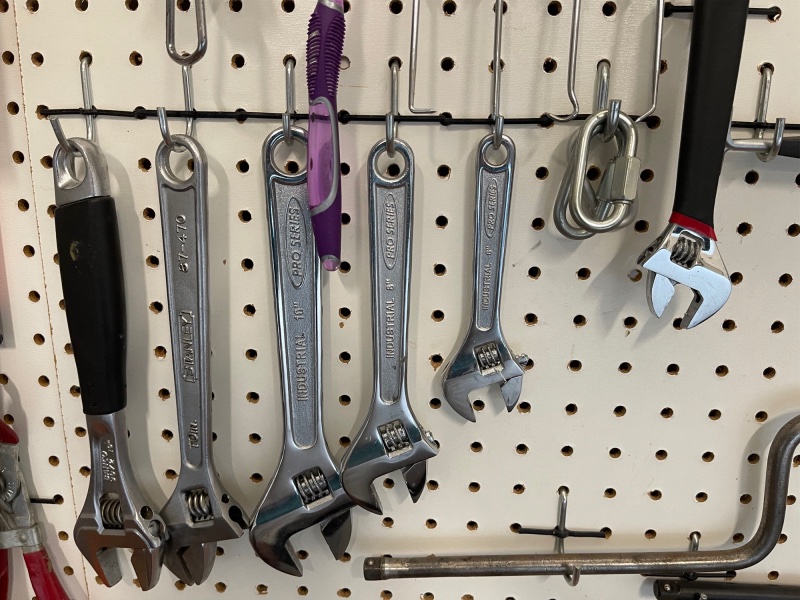
English motorcycle mechanics only.
You try and adjust this horror to grip the hex head of your choice, find the jaws parting and the air gets blue with the ensuing garage language as you round the corners on the hex. So why do I have so many, you ask? Because I too was once young, foolish and ill educated. Now they reside on my peg board for decoration and as reminder that there’s one born every minute.
Moving on, we have Channellock pliers:
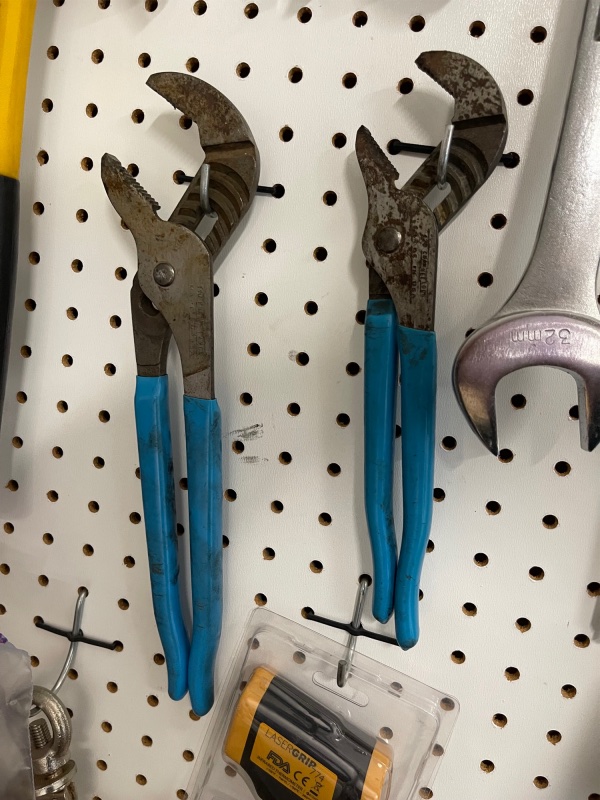
Lock, my rear.
These specialize in brutalizing your fastener, insist on slipping, require near Schwarzenggerian feats of strength to use and, into the bargain, do a nice job of rusting out after a while. The patina may give you that warm glow of prizing a well used tool, but there’s nothing to prize or use here.
Aaah! you emote. But there’s always that handy standby, the pair of pliers.
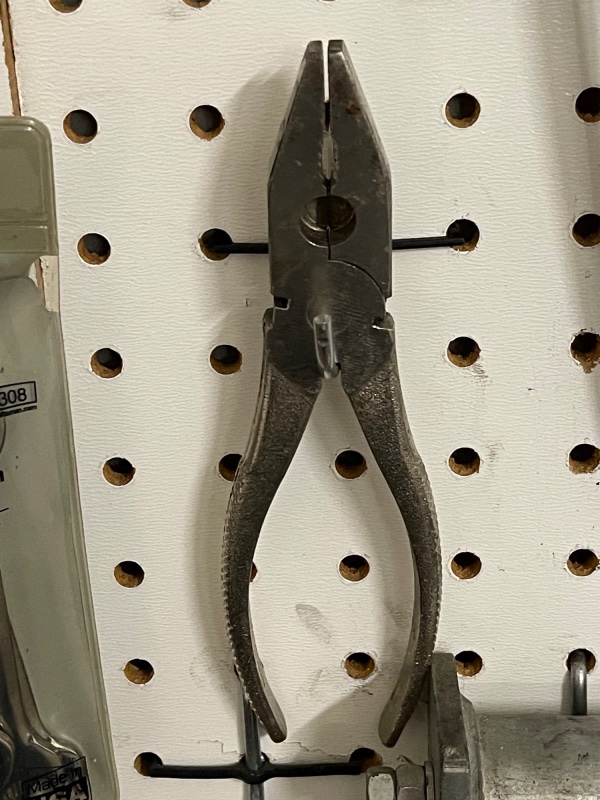
Useless.
Uh huh. And shame on BMW for including this in the Airhead toolkit. The jaws are never parallel, meaning whatever they grip will be trashed, you can apply no effective leverage to the short handles and the cutter simply does not cut it. Useless for either gripping or parallel squeezing.
Finally we have the ultimate vice, the Vise Grip:
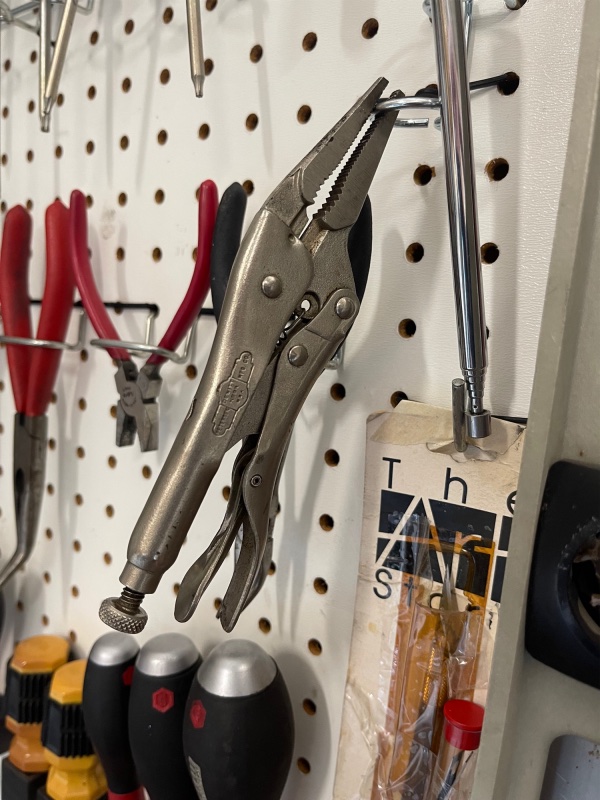
Don’t get hurt.
This device has probably been the cause of more garage injuries than any other. It will fail when you need it most, your busted knuckles testimony to its gripping power. No more need be said.
The solution to all of the above comes, unsurprisingly, from Germany, or West Germany as I remember it, which is where my BMW R90/6 motorcycle originated in 1975. (Except for Walter Kaaden’s magnificent two stroke MZ racing motorcycles, I struggle to think of anything good that came from East Germany). The machine came with one of the very best toolkits ever included with a motorcycle, and once I discarded the pliers it looks like this:
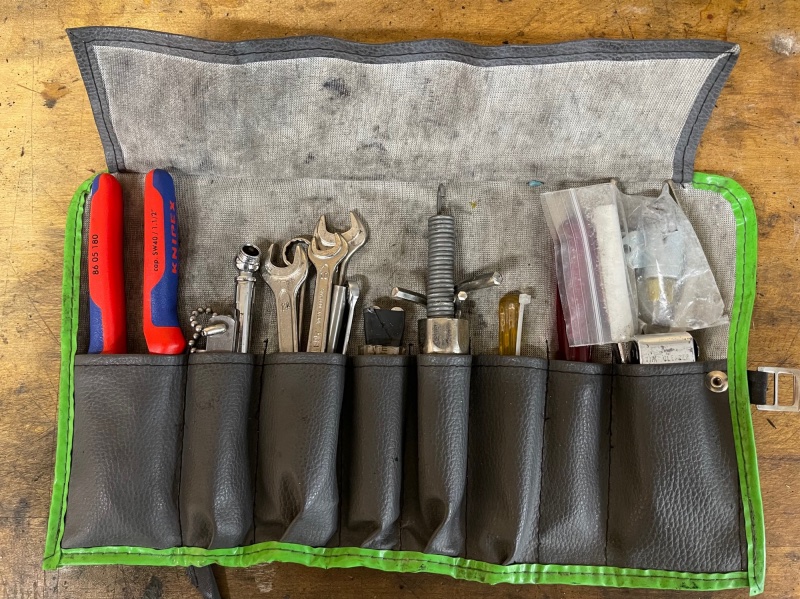
The best ‘on the road’ toolkit in the business. The $2 tire pressure gauge
beats anything with a battery for size and price, and is just as accurate.
The red handled beauty at the left is a Knipex (pr: ‘Kinniepex’) pliers wrench, and it looks like this:

The best wrench in the business.
This costly alternative to the above four shockers is actually cheaper than the aggregate outlay on the garbage tools. The jaws are always parallel, ensuring a proper grip on the flats of the hex. The jaws are smooth, meaning no marring. The cam system results in a tightening of the jaws as you apply torque to the tool and they are perfect for parallel squeezing of two surfaces to reduce their separation.
I bought the 175mm (7+ inches) as it fits nicely in my on board tool kit and allows me to easily apply a massive 85 ft.lbs. of torque to any fastener in sight. There is a metric size indicator in the window, thus ….
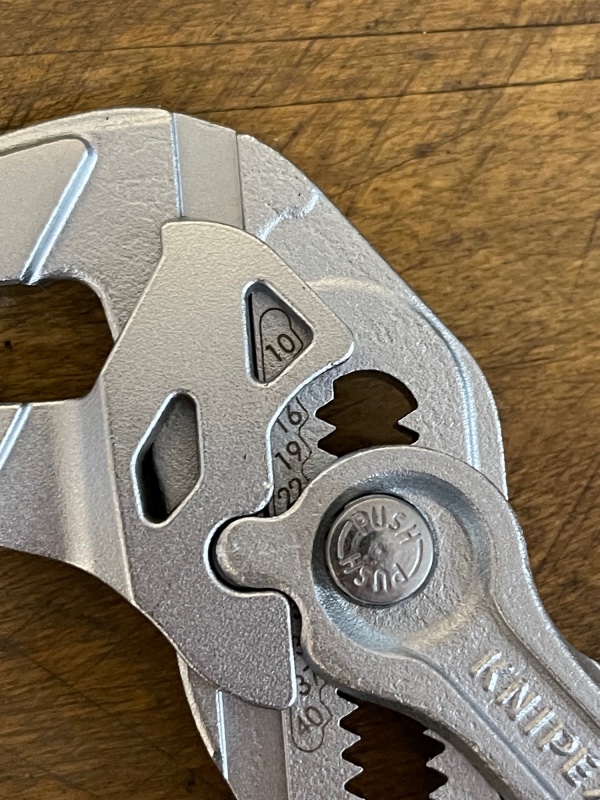
The size indicator.
…. but if you watch the video in this link you will see how to use the tool without having to guess the size of your fastener. You want to emulate the ratcheting action of a ratchet handle? Yup, it’s there. Check the video.
Will I chuck out the horrors introducing this piece? No. They serve as reminders of errors past. But the Knipex is my ‘go to’ upgrade for all of those. And the heirloom quality means your son will enjoy the tool as much as you did. Does the Knipex obsolete those nice six sided sockets and ratchets and German (Stahlwille) or French (Facom) wrenches in your garage? Of course not. But it’s just the thing for on-the-road-repairs.













